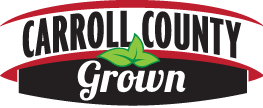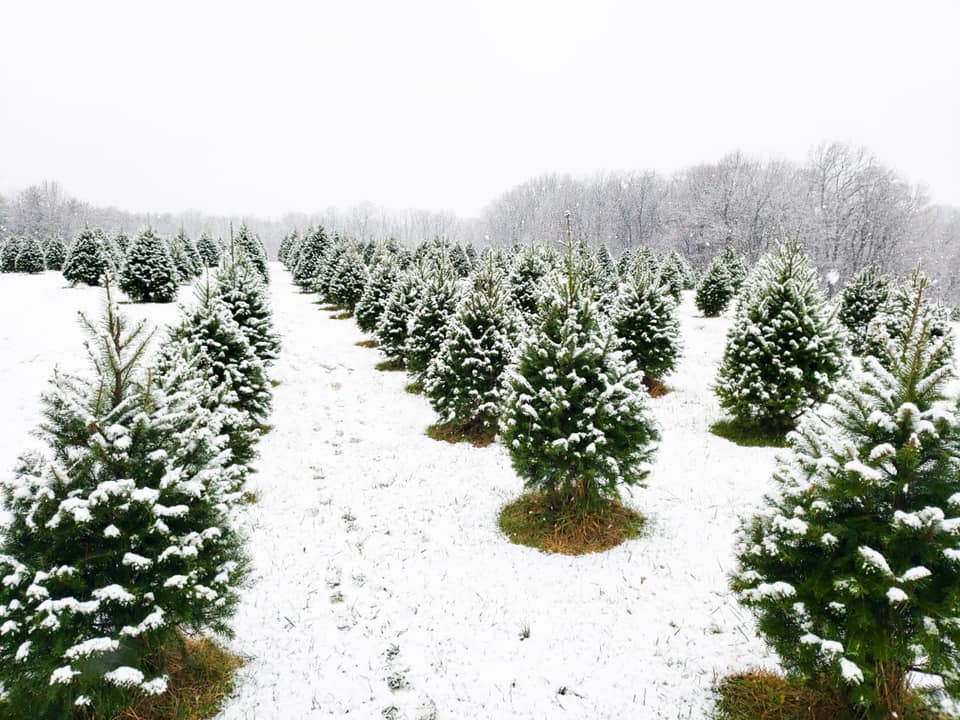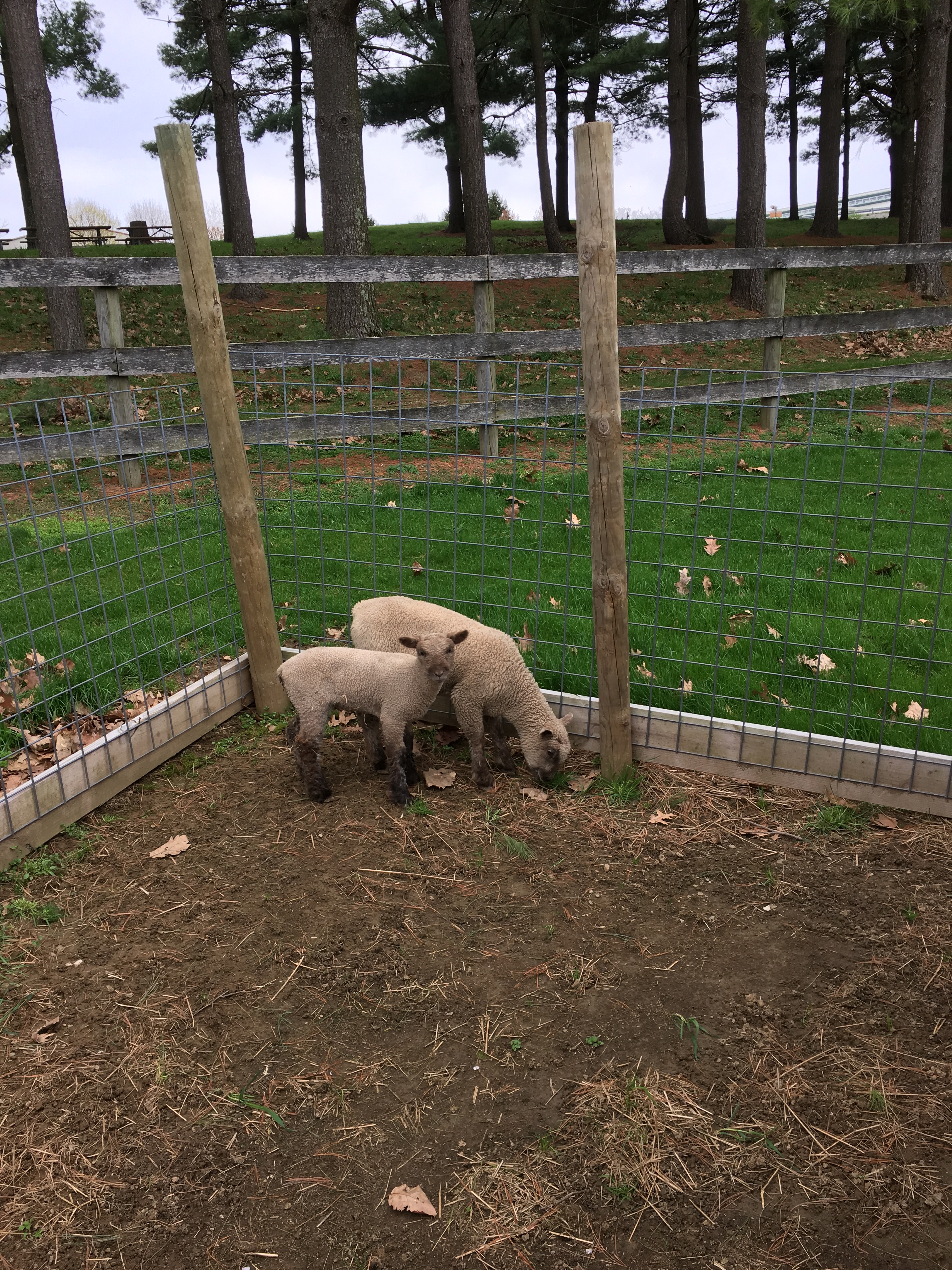
Farmyard Friends at the Farm Museum
April 6, 2016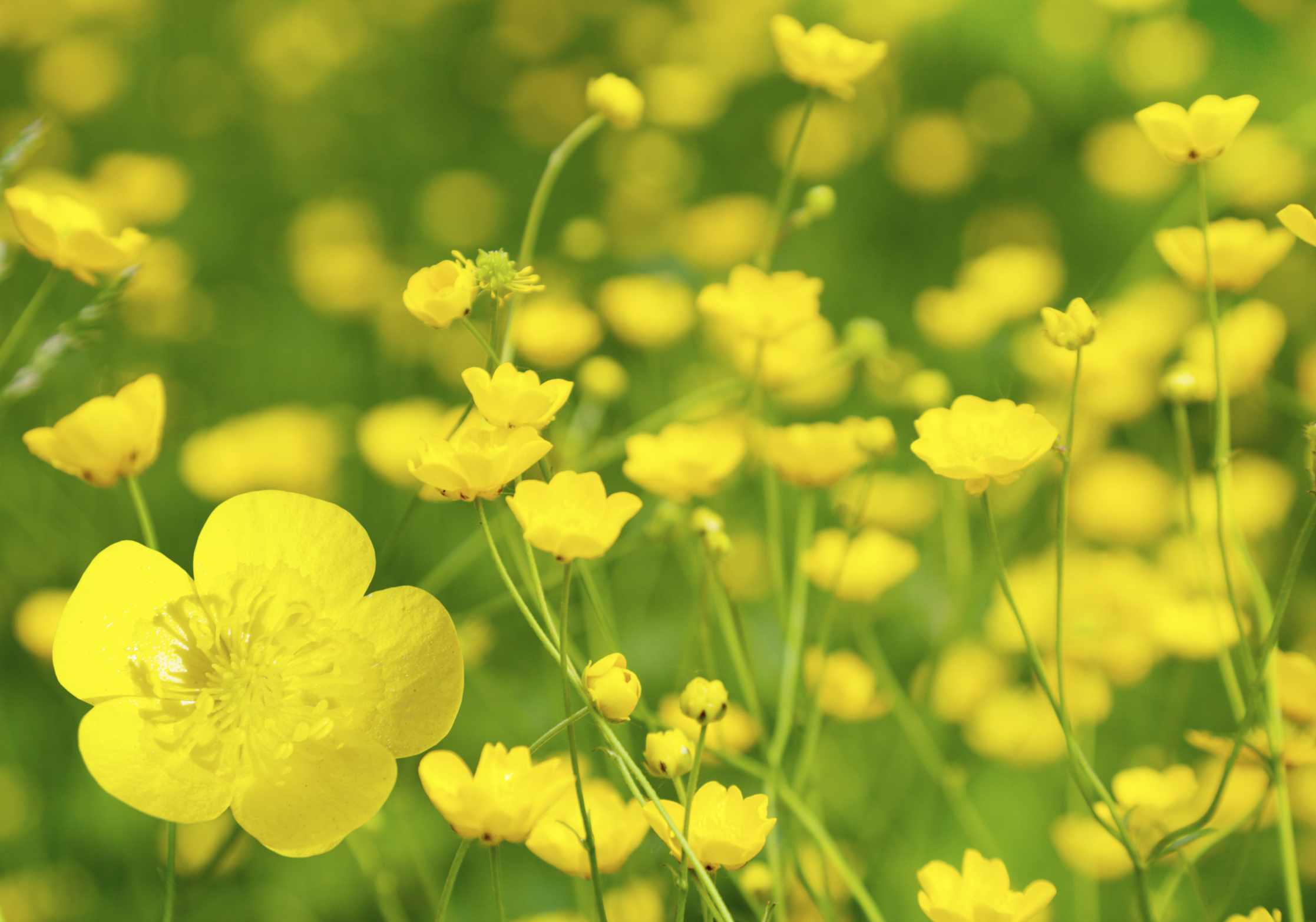
Talking Weeds: Buttercup
May 16, 2016Talking Weeds: Wild Mustard
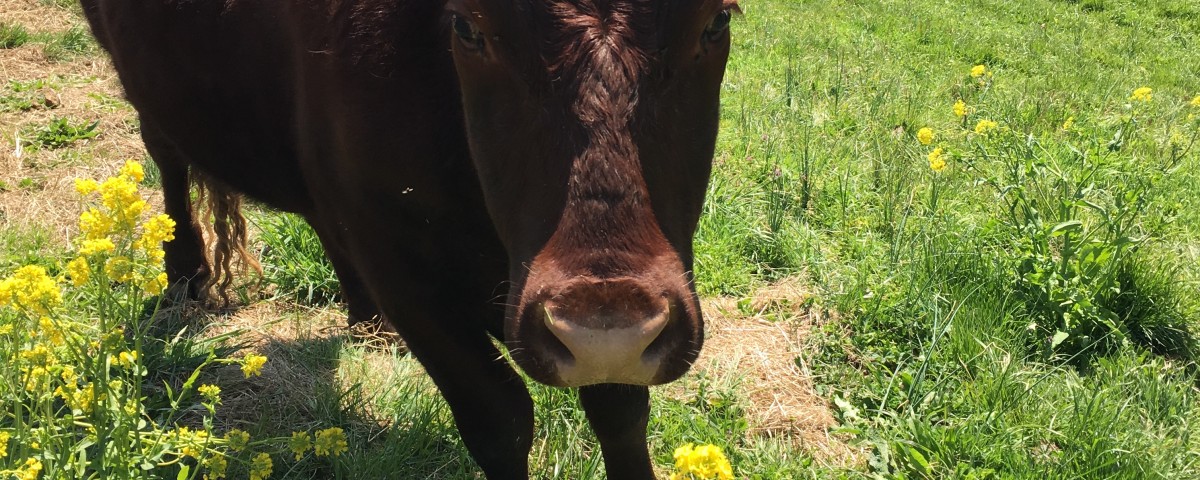
Take a hard look at the picture above. No not at the oxen. At the yellow plant he is standing behind. Have you seen a lot of tall, yellow-flowered weeds in the fields and roadsides you drive by? More than likely that is Wild Mustard.
Wild Mustard is a tricky weed because it is typically an annual (meaning it dies away each year) but it can also act as a biennial (a plant that lasts or lives for two years).
Mature Wild Mustard is characterized by tall, branched stems with toothed, alternate leaves. Most often you’ll be able to tell that you have Wild Mustard growing because of the flowers; Wild Mustards have dense clusters of four-petaled, yellow flowers at the tips of their branches. These weeds reproduce by producing seeds so be sure to remove then before they go to or drop their seeds in order to limit the amount of Wild Mustard you’ll see in your gardens and fields next year.
Wild Mustard is generally an innocuous weed but it can be home to pests and diseases that can harm field crops and garden vegetables not to mention that it competes with your gardens, lawns, and fields for nutrients, space, and water. If you see wild mustard in your garden or fields the best course of action is to pull it or treat it with an appropriate herbicide (please be sure to follow all directions when applying herbicide and to appropriate personal protective gear). Additionally, the leaves, roots and seeds of Wild Mustard contain large amounts of sulfur compounds which may irritate the lining of livestock’s stomachs if they consume large quantities of the weed.

